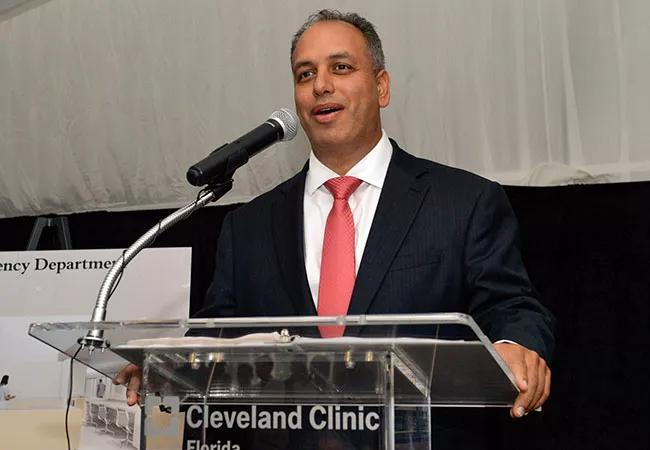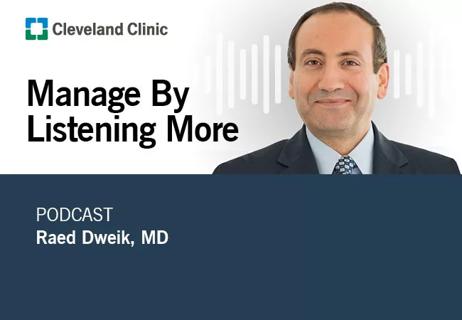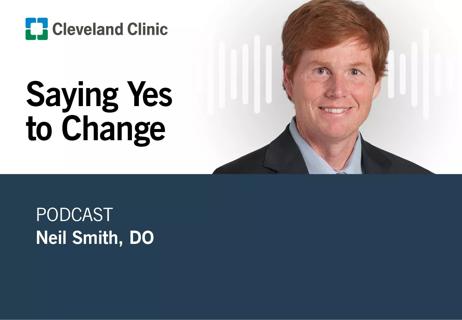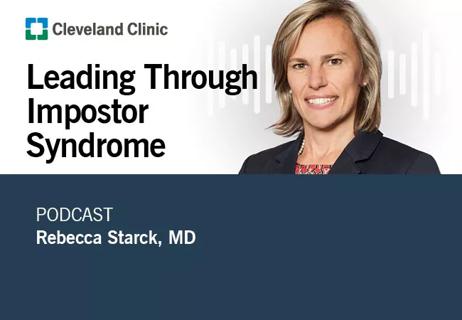Cleveland Clinic Florida CEO on his path to leadership

Wael Barsoum, MD, is the CEO and President of Cleveland Clinic Florida and a member of the Cleveland Clinic Board of Governors and Executive Team. In addition to these leadership roles, Dr. Barsoum is a practicing orthopaedic surgeon. Consult QD talked to Dr. Barsoum about his transition from physician to hospital executive.
Cleveland Clinic is a non-profit academic medical center. Advertising on our site helps support our mission. We do not endorse non-Cleveland Clinic products or services. Policy
I came to Cleveland as an immigrant from Egypt. My father was an anesthesiologist. In high school, I played several sports and was a frequent visitor to the orthopaedist’s office. I witnessed the positive outcome an orthopaedic physician could provide for injured people. In medical school, I was further attracted to orthopaedics because it seemed like a field where you are presented with a clear, focused problem — an injury — on which you could intervene to heal the patient. I did my residency at Cleveland Clinic, then did a one-year fellowship at New England Baptist Hospital.
In 2005, I joined a leadership program that met weekly to discuss finance, strategy and operations, and I found it fascinating. At the same time, I began researching predictive modeling as it applies to hospital operations with Michael Kattan, PhD. Our work sought to predict which joint replacement patients would require a stay in a rehab facility and for how long. This research enabled us to reduce our length of stay and cost per episode.
When I became chair of surgical operations, I was charged with overseeing quality metrics and financial stewardship. I learned how to transform data into staffing models and supply chain efficiencies, which are not taught in medical school but ultimately help our patients.
In 2014, I came to Cleveland Clinic Florida as Interim President. I was traveling back and forth between Cleveland and Florida getting to know the practice and helping to put together a strategy for the future. I fell in love with the place — it’s a small version of the main campus, and I was excited about growing and transforming the delivery of healthcare with lessons learned in our main campus programs like predictive modeling.
I think people go into medicine and healthcare for the right reason — because they want to take care of patients. It can sometimes be tough to balance the empathetic side of practicing medicine with the operational goals of running a financially sound business. As a physician, for instance, I know that oncologists could never have enough time to help patients comprehend such difficult diagnoses. As a physician executive, we have to balance that empathy toward the individual patient with the larger goal of providing access to care for the many patients that need our services. While you’re balancing these aspects for the organization as a whole, you’re also finding balance in your individual career. That probably means dialing back your clinical practice, which can be scary, and being thoughtful about where you devote your energy. It also means taking risks.
It’s definitely not an easy journey, but when you see the difference you can make for your patients, colleagues and organization, it is absolutely worth the effort.
Learn to become a physician leader with Cleveland Clinic Global Executive Education programs, including The Cleveland Clinic Way: Intensives, Samson Global Leadership Academy and the Executive Visitors’ Program.

A Q&A with organizational development researcher Gina Thoebes

Cleveland Clinic transformation leader led development of benchmarking tool with NAHQ

Raed Dweik, MD, on change management and the importance of communication

Small business owners expand their networks and gain new insights

Leadership pearls from Margaret McKenzie, MD, hospital vice president

Successful communication means meeting listeners where they are

Hospital president followed his instincts to new opportunities

A team of supporters can help build confidence